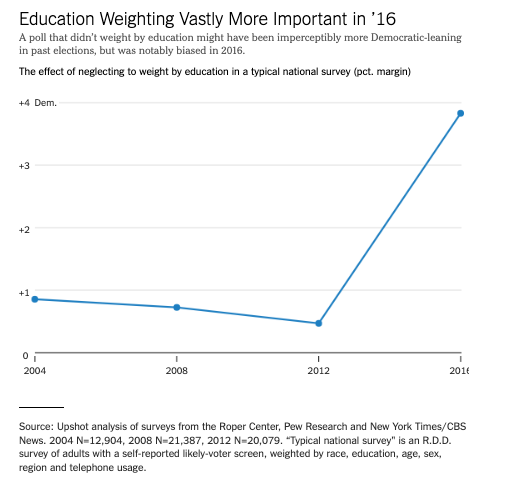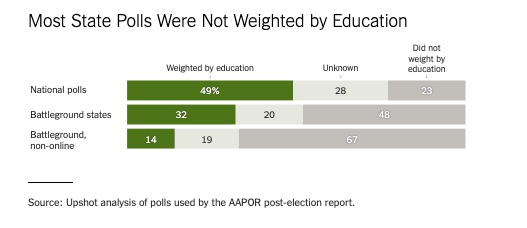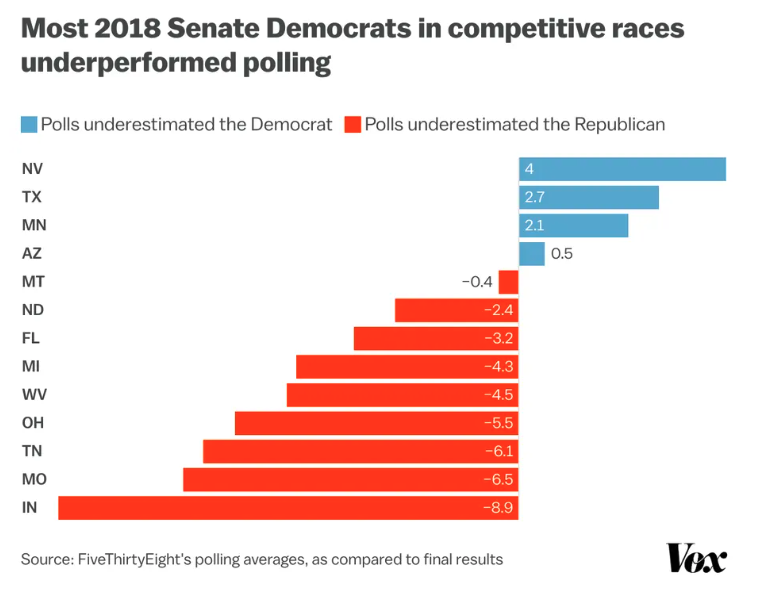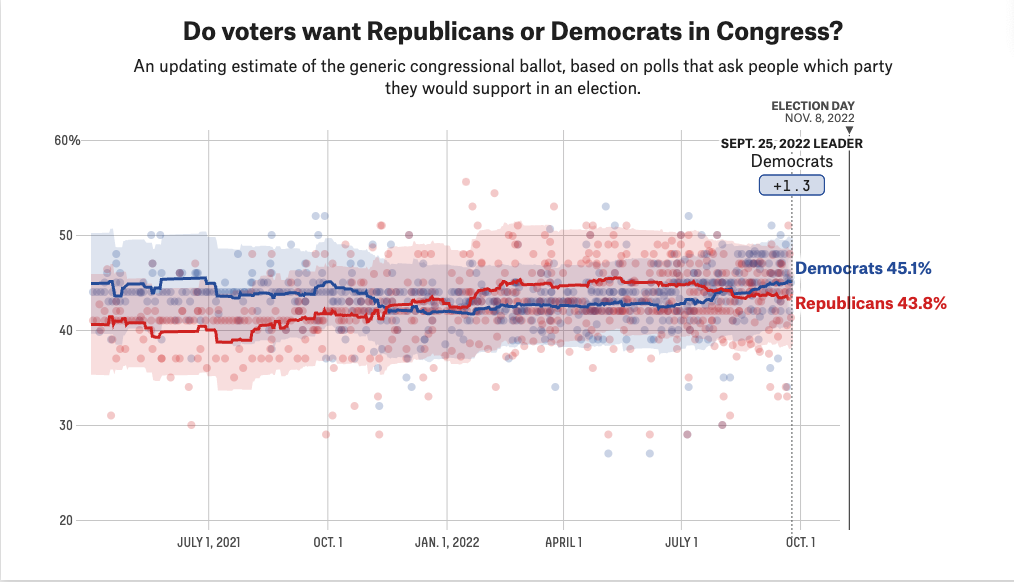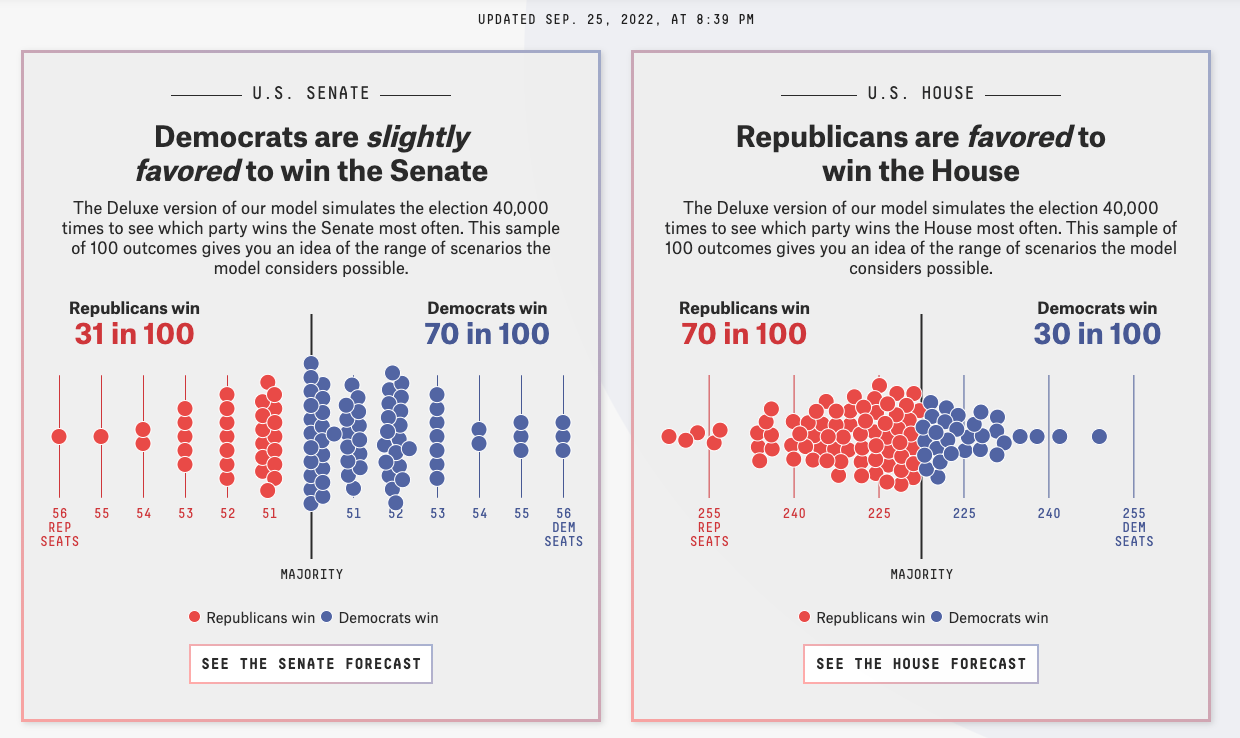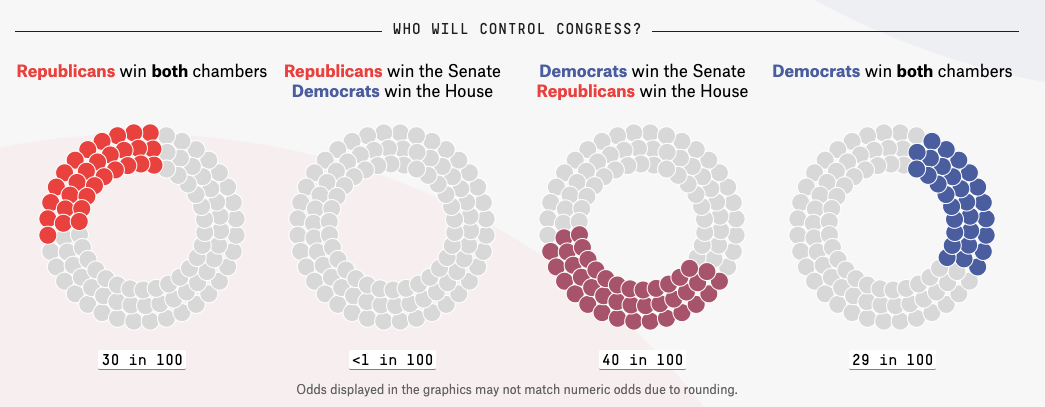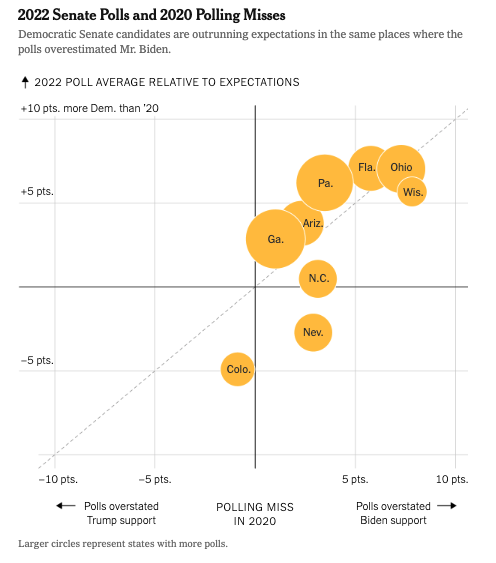Polling the 2022 U.S. Midterm Elections
Taubman Center’s Politics and Policy Lunch
Paul Testa
September 26, 2022
Will the polls get it right this time?
Why do we care?
- Elections have consequences
Why do we care?
Elections have consequences
Election polling has consequences
Why do we care?
Elections have consequences
Election polling has consequences
- Campaigns
Why do we care?
Elections have consequences
Election polling has consequences
Campaigns
Media
Why do we care?
Elections have consequences
Election polling has consequences
Campaigns
Media
Voters
Why do we care?
Elections have consequences
Election polling has consequences
Campaigns
Media
Voters
It matters whether the polls get it right
Will the polls get it right it 2022?
To answer this question, we'll ask the following about polls:
Will the polls get it right it 2022?
To answer this question, we'll ask the following about polls:
- How do they work?
Will the polls get it right it 2022?
To answer this question, we'll ask the following about polls:
How do they work?
How do we use them to forecast an election?
Will the polls get it right it 2022?
To answer this question, we'll ask the following about polls:
How do they work?
How do we use them to forecast an election?
How have they done in the past?
Will the polls get it right it 2022?
To answer this question, we'll ask the following about polls:
How do they work?
How do we use them to forecast an election?
How have they done in the past?
- How will they do in the future?
But first...
What do you think will happen in the 2022 Midterm Elections:
A quick survey:

💡
Polls: How do they work?
Polling
A poll is a survey conducted on sample from a population
The theory of polling depends on the power of random sampling
The practice of polling tries to account and adjust for all the ways a poll can fall short of this theoretical ideal
Polling Elections
- Pollster: Who's doing the survey
Polling Elections
Pollster: Who's doing the survey
Sampling frame: A list from which the sample was drawn (e.g. a voter file)
Polling Elections
Pollster: Who's doing the survey
Sampling frame: A list from which the sample was drawn (e.g. a voter file)
Sample size: How many people were surveyed
Polling Elections
Pollster: Who's doing the survey
Sampling frame: A list from which the sample was drawn (e.g. a voter file)
Sample size: How many people were surveyed
Survey mode: How the survey was conducted
Polling Elections
Pollster: Who's doing the survey
Sampling frame: A list from which the sample was drawn (e.g. a voter file)
Sample size: How many people were surveyed
Survey mode: How the survey was conducted
Survey instrument: What the survey asked
Polling Elections
Pollster: Who's doing the survey
Sampling frame: A list from which the sample was drawn (e.g. a voter file)
Sample size: How many people were surveyed
Survey mode: How the survey was conducted
Survey instrument: What the survey asked
Survey weights: Adjustments to make the survey more representative of the population
Polling Elections
Pollster: Who's doing the survey
Sampling frame: A list from which the sample was drawn (e.g. a voter file)
Sample size: How many people were surveyed
Survey mode: How the survey was conducted
Survey instrument: What the survey asked
Survey weights: Adjustments to make the survey more representative of the population
Likely voter model: A way of distinguishing (likely) voters from non-voters
Polling Elections
Pollster: Who's doing the survey
Sampling frame: A list from which the sample was drawn (e.g. a voter file)
Sample size: How many people were surveyed
Survey mode: How the survey was conducted
Survey instrument: What the survey asked
Survey weights: Adjustments to make the survey more representative of the population
Likely voter model: A way of distinguishing (likely) voters from non-voters
Margin of error: A range of plausible values for the true population value
Polling Elections is Hard
The population is unknown
Response rates are low
Response rates differ
Adjustments are imperfect and uncertain
Polling Error
Total Survey Error in election polling is a function of:
Sampling Error
Temporal Error
Non-Sampling Error
Polling Error
Total Survey Error in election polling is a function of:
Sampling Error:
That error that arises from sampling from a population
Sample Size ↑ → Sampling error ↓
Margins of error typically only reflect sampling error
Polling Error
Total Survey Error in election polling is a function of:
Sampling Error:
Temporal Error:
The error that comes from polling a dynamic race at specific point in time
Polls closer to the election → Temporal Error ↓
Polling Error
Total Survey Error in election polling is a function of:
Sampling Error:
Temporal Error:
Non-sampling Error:
- Errors that arise from how a poll is implemented and analyzed
- Coverage error: Sampling Frame ≠ Population
- Response bias: Some people are more less likely to take a poll
- Measurement bias: Question wording, order, can influence responses
- Processing and adjustment error: Failing to weight for key demographics
- And more...
Election Polling: Example
12 News/Roger Williams University Poll – August 2022
- Pollster: Fleming & Associates
- Sampling frame: Probability sample of registered voters, Aug 7-10, 2022
- Sample size: 405
- Survey mode: Live caller with land lines and cell phone
- Survey Instrument: See cross tabs of the questions here Questions
- Survey weights: None that I can tell
- Likely Voter Model: Hard to say, but based on past surveys probably two-part screener:
- Are you registered to vote?
- How likely are you to vote in the Democratic Primary?
- Margin of Error:
MoE=±4.9=1.96∗√((p∗(1−p))/405)=1.96∗√((0.5∗(1−0.5))/405)=±4.869659
Evaluating the Performance of a Single Poll
Two criteria
Did the poll call the race correctly?
- Yes! McKee won
Did the poll get the margin right?
- Not exactly...
- McKee won by about 3% percentage points over Foulkes, not Gorbea
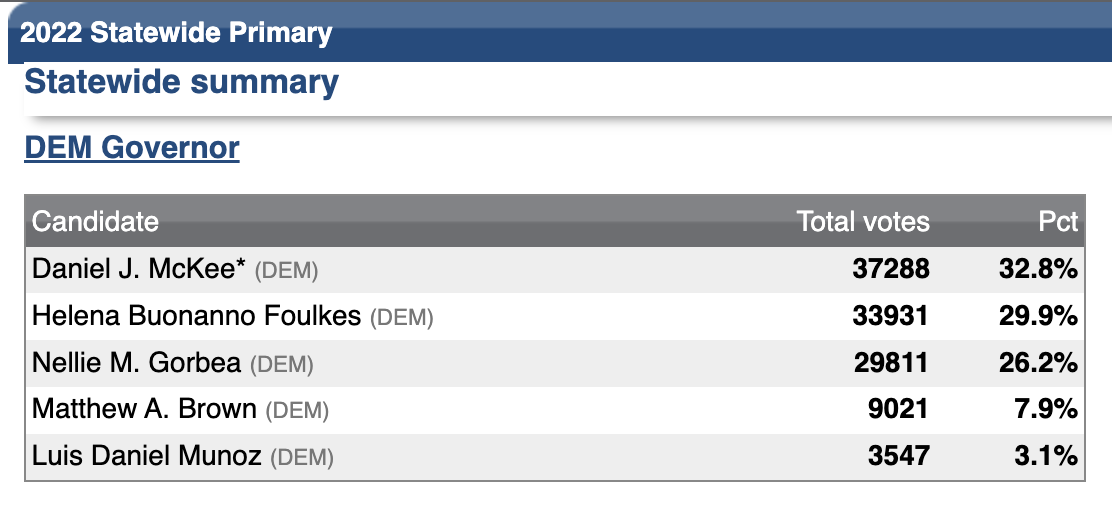
💡
Polls: How do we use them to forecast an election?
Forecasting Elections
Election forecasts reflect varying combinations of:
- Expert Opinion
- Fundamentals
- Polling
Forecasts differ in the extent to which they rely on these components and how they integrate them in their final predictions
FiveThirtyEight's Approach to Forecasting

Forecasting Elections with Polls
The preeminence of polling in modern forecasts reflects the success of Nate Silver and FiveThirtyEight in correctly predicting the 2008 (49/50 states correct) 2012 (50/50) presidential elections
- Any one poll is likely to deviate from the true outcome
Forecasting Elections with Polls
The preeminence of polling in modern forecasts reflects the success of Nate Silver and FiveThirtyEight in correctly predicting the 2008 (49/50 states correct) 2012 (50/50) presidential elections
Any one poll is likely to deviate from the true outcome
Averaging over multiple polls → more accurate predictions than any one poll, provided...
Forecasting Elections with Polls
The preeminence of polling in modern forecasts reflects the success of Nate Silver and FiveThirtyEight in correctly predicting the 2008 (49/50 states correct) 2012 (50/50) presidential elections
Any one poll is likely to deviate from the true outcome
Averaging over multiple polls → more accurate predictions than any one poll, provided...
the polls aren't systematically biased
Forecasting Elections with Polls
The preeminence of polling in modern forecasts reflects the success of Nate Silver and FiveThirtyEight in correctly predicting the 2008 (49/50 states correct) 2012 (50/50) presidential elections
Any one poll is likely to deviate from the true outcome
Averaging over multiple polls → more accurate predictions than any one poll, provided...
the polls aren't systematically biased
The present concerns over polling the failure of such approaches to predict
Trump's Victory in 2016
Strength of Trumps Support in 2020
💡
Polls: How have they done in the past?
Polling the 2016 Elections
Polling the 2016 Election:
- The polls missed bigly
- National polls were reasonably accurate (Clinton wins Popular Vote)
- State polls overstated Clinton's lead / understated Trump support
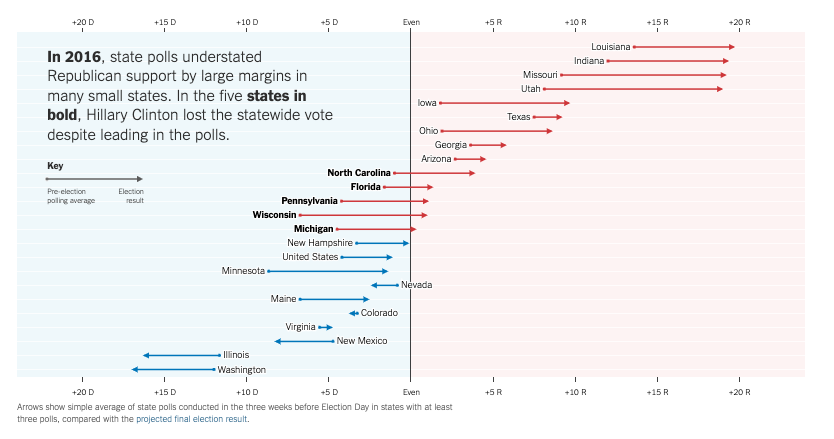
Polling the 2018 Elections
2018: A brief repreive?
Polls did a better job
- Most state polls weighted by education
- Underestimated Democrats in House and Gubernatorial races
- No partisan bias in Senate Races
2018: A brief repreive?
Polls did a better job
- Most state polls weighted by education
- Underestimated Democrats in House and Gubernatorial races
- No partisan bias in Senate Races
Forecasts correctly call:
- Democratic House
- Republican Senate
2018: A brief repreive?
Polls did a better job
- Most state polls weighted by education
- Underestimated Democrats in House and Gubernatorial races
- No partisan bias in Senate Races
Forecasts correctly call:
- Democratic House
- Republican Senate
However...
Polling the 2020 Elections
2020: Historic Problems, Unclear Solutions
Average polling errors for national popular vote were 4.5 percentage points -- highest in 40 years
Polls overstated Biden's support by 3.9 points national polls (4.3 points in state polls)
Polls overstated Democratic support in Senate and Guberatorial races by about 6 points
Forecasts predicted Democrats would hold
- 48-55 seats in the Senate (actual: 50 seats)
- 225-254 seats in the House (actual: 222 seats)
2020: What Went Wrong
Unlike 2016, no clear cut explanations for what went wrong
Not a cause:
- Undecided voters
- Failing to weight for education
- Other demographic imbalances
- "Shy Trump Voters"
- Polling early vs election day voters
2020: What Went Wrong
Unlike 2016, no clear cut explanations for what went wrong
Not a cause:
- Undecided voters
- Failing to weight for education
- Other demographic imbalances
- "Shy Trump Voters"
- Polling early vs election day voters
Potential Explanations
- Covid-19
- Democrats more likely to take polls
- Unit non-response
- Between parties
- Within parties
- Across new and unaffiliated voters
💡
Polls: What will they think of next?
How Will the Polls do 2022 Elections
- What are the polls saying?
How Will the Polls do 2022 Elections
What are the polls saying?
Why they might be wrong?
How Will the Polls do 2022 Elections
What are the polls saying?
Why they might be wrong?
Why they might be all right?
How Will the Polls do 2022 Elections
What are the polls saying?
Why they might be wrong?
Why they might be all right?
What do we think will influence the race more broadly?
How Will the Polls do 2022 Elections
What are the polls saying?
Why they might be wrong?
Why they might be all right?
What do we think will influence the race more broadly?
But first...
Why the polls might be wrong
After 2016, we had a reasonable idea of what went wrong, and how to fix it (e.g. weight for education)
Lack a similar explanation for the polling errors of 2020.
AAPOR Report lays out three scenarios going forward. Problems from 2020:
Why the polls might be wrong
After 2016, we had a reasonable idea of what went wrong, and how to fix it (e.g. weight for education)
Lack a similar explanation for the polling errors of 2020.
AAPOR Report lays out three scenarios going forward. Problems from 2020:
- Persist in 2022 and beyond
Why the polls might be wrong
After 2016, we had a reasonable idea of what went wrong, and how to fix it (e.g. weight for education)
Lack a similar explanation for the polling errors of 2020.
AAPOR Report lays out three scenarios going forward. Problems from 2020:
Persist in 2022 and beyond
Are unique to Presidential Elections (Problem for 2024, but not 2022)
Why the polls might be wrong
After 2016, we had a reasonable idea of what went wrong, and how to fix it (e.g. weight for education)
Lack a similar explanation for the polling errors of 2020.
AAPOR Report lays out three scenarios going forward. Problems from 2020:
Persist in 2022 and beyond
Are unique to Presidential Elections (Problem for 2024, but not 2022)
Unique to 2020/Covid/Trump (Not a problem )
Why the polls might be all right
Nate Silver makes the counterargument
- No historic bias
- Pollsters incentives
- Forecasters update
- No Trump
- Accurate Special Elections
- 2020 was unique
- Small sample of elections.

Should we trust the polls to get it right this time?
Should we trust the polls to get it right this time?
- Ask me November 9, 2022
Should we trust the polls to get it right this time?
Ask me November 9, 2022
Polling is hard, and getting harder
- Fundamental Nonresponse challenges seem real
Should we trust the polls to get it right this time?
Ask me November 9, 2022
Polling is hard, and getting harder
- Fundamental Nonresponse challenges seem real
Pollsters are innovative, and forecasts are flexible
Should we trust the polls to get it right this time?
Ask me November 9, 2022
Polling is hard, and getting harder
- Fundamental Nonresponse challenges seem real
Pollsters are innovative, and forecasts are flexible
What's the alternative
- Experts?
- Fundamentals?
Should we trust the polls to get it right this time?
Ask me November 9, 2022
Polling is hard, and getting harder
- Fundamental Nonresponse challenges seem real
Pollsters are innovative, and forecasts are flexible
What's the alternative
- Experts?
- Fundamentals?
Stop filibustering!! Will the polls get it right?
Finally, some predictions
Most Likely Outcomes:
- Republican House, Democratic Senate (Polls are all right)
- Republican House and Senate (2020 Bias)
- Democratic House and Senate (Polls are all right/Normal Polling Error)
- Democratic House, Republican Senate (Polls aren't all right)
Races to watch
Senate:
- Pennsylvania: Fetterman (D) vs Oz (R)
- Georgia: Warnock
*(D) vs Walker (R) - Wisconsin: Johnson
*(R) vs Barnes (D) - Nevada: Cortez Masto
*(D) vs Laxalt (R) - Arizona: Kelly
*(D) vs Masters (R)
Races to watch
Senate:
- Pennsylvania: Fetterman (D) vs Oz (R)
- Georgia: Warnock
*(D) vs Walker (R) - Wisconsin: Johnson
*(R) vs Barnes (D) - Nevada: Cortez Masto
*(D) vs Laxalt (R) - Arizona: Kelly
*(D) vs Masters (R)
House:
- Michigan 7th: Elissa Slotkin (D)
- Virgina 7th: Abigail Spanberger (D)
- Iowa 3rd: Cindy Axne (D)
Races to watch
Senate:
- Pennsylvania: Fetterman (D) vs Oz (R)
- Georgia: Warnock
*(D) vs Walker (R) - Wisconsin: Johnson
*(R) vs Barnes (D) - Nevada: Cortez Masto
*(D) vs Laxalt (R) - Arizona: Kelly
*(D) vs Masters (R)
House:
- Michigan 7th: Elissa Slotkin (D)
- Virgina 7th: Abigail Spanberger (D)
- Iowa 3rd: Cindy Axne (D)
Governor:
- Pennsylvania: Shapiro (D) vs Mastriano (R)
- Michigan: Whitmer (D)
- Kansas: Kelly (D)
- Arizona: Hobbs (D) vs Lake (R)
Will it matter?
Lots of things can happen between now and November 8. Here are few things we could talk about
The economy (CPI releases Oct 13, Employment Nov 4)
Dobbs v. Jackson; Reproductive Rights
Turnout (High vs low)
Demographics (Race, Gender, Age)
Individual Candidates
Joe Biden (Approval, policy)
Donald Trump (Endorsements, Legal Troubles)
Foreign Affairs (Ukraine, Taiwan, ...)
Thank You!
Paul Testa
Assistant Professor, Political Science
Brown University


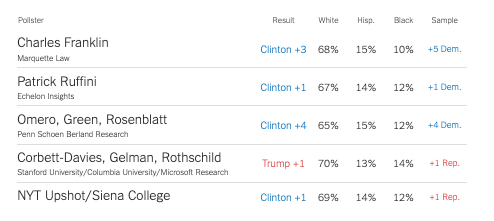
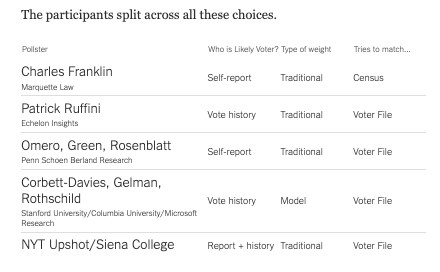
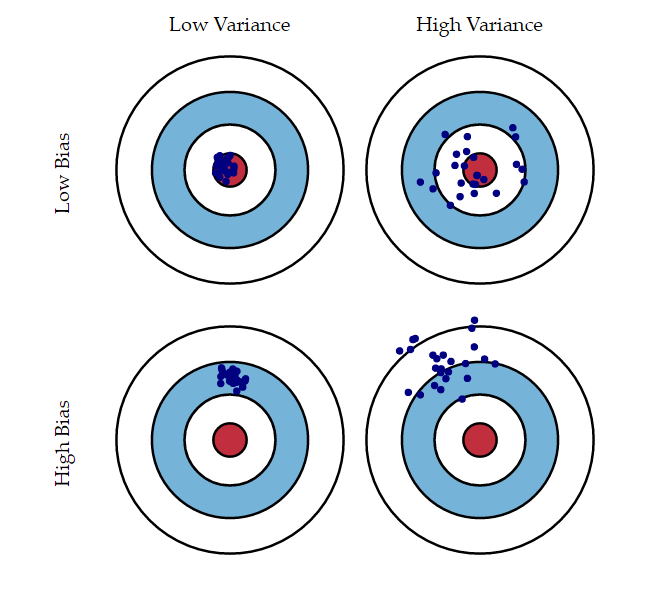
 Some likely explanations
Some likely explanations